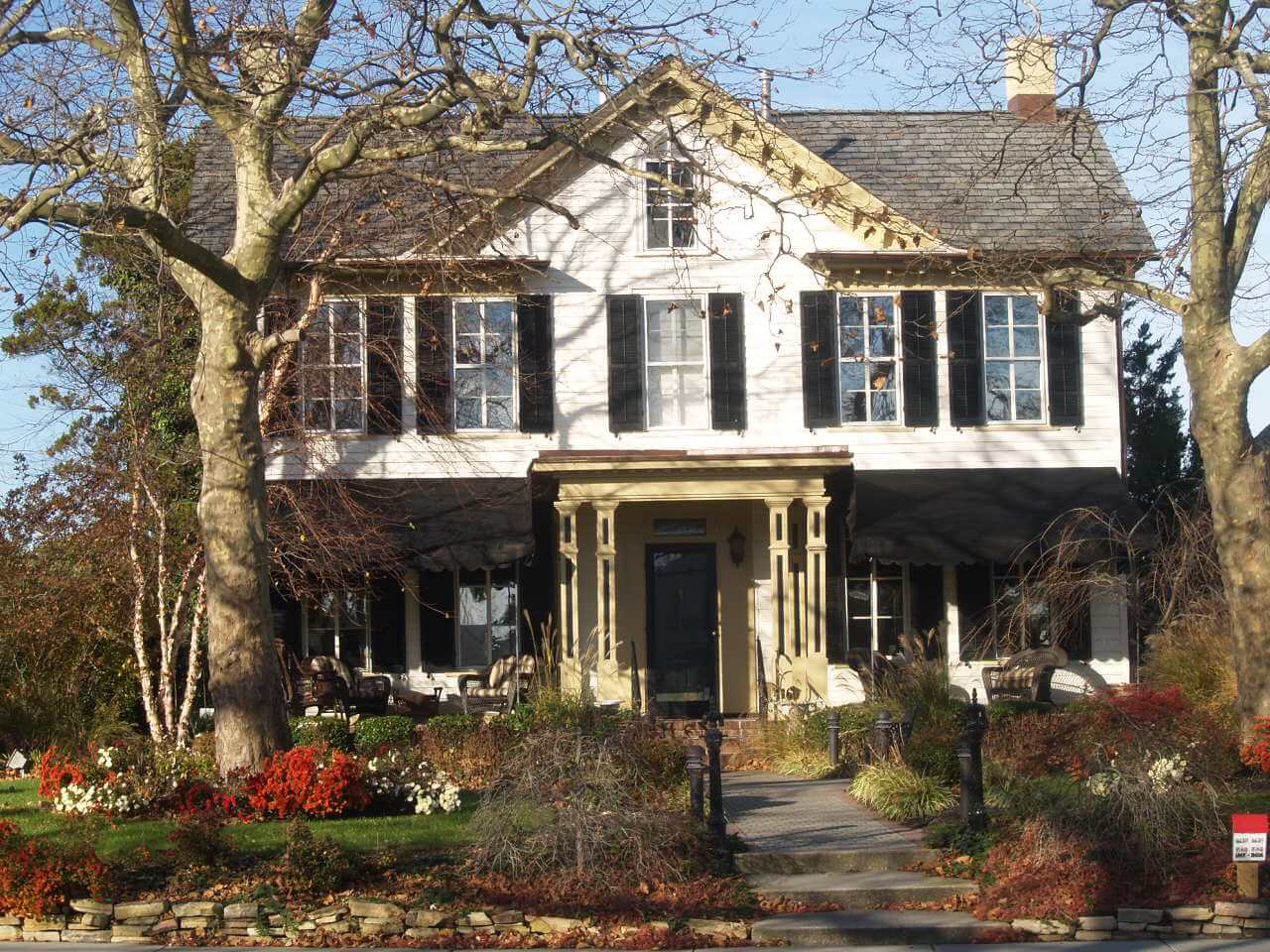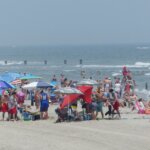WEST CAPE MAY — A new survey of historic homes here found a number of structures that predate the founding of the United States.
Historic Preservationists Joan Berkey and Michael Conley prepared a survey of historic buildings in this borough and presented it as a gift to the borough.
At a well-attended special meeting of the borough’s History Committee Nov. 29, they showed highlights of the survey in a PowerPoint presentation.
Berkey said she was introduced to West Cape May when she was conducting a survey of the county’s oldest buildings and was inspecting the former Daniel’s Restaurant on Broadway, now the Moonfish Grill.
“The back part of that turned out to be very early, 1730 or earlier,” she said.
Berkey referred to it as the Whilldin-Miller House. She said the house was remodeled in 1790 with one of two fireplaces removed.
Berkey said she looked at two other homes in the borough for the county survey that were built in the early 1700s. She examined a number of old maps and deeds.
Ezekiel Eldredge and Joseph Whilldin built upon two parcels of land around 1688, said Berkey. Whilldin signed a deed with Native Americans for his land around 1696, she said.
Berkey said the first map she found showing houses was an 1843 Federal coastal survey which denoted 25 homes.
An 1845 map of Stevens Street shows eight homes of which five are still standing.
Berkey said it was not easy to determine the age of buildings that have had additions without an old map.
An 1850 map shows 45 houses including the borough’s first African-American residents, William and Robert Cox, among the first freed slaves to purchase land in the county.
An 1856 Cook map shows 50 homes, mostly on farms.
Berkey said an 1850 census indicated one-third of residents were farmers, one-third connected with “life at sea” and the other third were in service industries such a operating a blacksmith shop.
An 1872 Beers map shows a “booming” neighboring Cape May.
An 1886 Scott map shows many subdivided lots without homes on them, she said. Development was concentrated along Broadway, said Berkey.
While she worked on compiling a history of the borough, Conley surveyed each historic building.
Conley said part of their work was to identify key structures that could be eligible for the state and national registers of historic places. He said some houses are “key” because an important person resided in the structure.
The Judge Henry Eldredge House at 302 Broadway, built in 1910, is an example of a home of an important person in the borough’s history, said Conley.
The Presbyterian Chapel, now Blackbeard’s Restaurant, at 422 N. Broadway, is a key structure because it was a public building.
Conley said the Albert Stevens House at 127 Myrtle Ave., built in 1900, is significant because of its beautiful architecture, he said.
A home at 102 Second Ave., built circa 1860 to 1870, is an example of Italian Colonnade architecture.
Conley said the Hezekiah Blake House at 120 Third Ave., built in 1885, has a “twin” in Cape May. Blake was a teacher here and Cape May.
The former S.R. Swain store was located at 139 N. Broadway, now Weddings By the Sea, built in 1875, was also the first A&P store in the county, said Conley.
In the Ezekiel Eldredge House on Stevens Street, currently undergoing renovation, Berkey said she found a corner post in a room showing construction before 1820.
Hand-hewn oak rafters, spaced four feet apart in the attic, dated the home to 1720 or earlier, she said.
The home was in danger of demolition two years ago.







